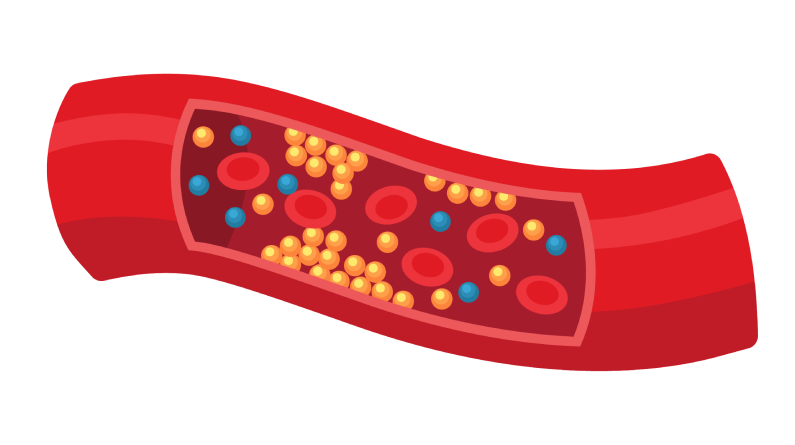Understanding Blood Clots: Causes, Symptoms, and Treatment
Arterial thrombosis, or a blood clot in an artery, is a serious medical condition that can have devastating consequences. A blood clot is a mass of platelets and fibrin that forms to repair damaged blood vessels. However, when a clot forms inside an artery or vein, it can break loose and travel to other parts of the body, causing blockages and damage to tissues and organs.
What is a Blood Clot?
A blood clot is a natural repair mechanism that helps prevent excessive bleeding. However, when a clot forms in the wrong place, it can cause serious problems.
Increased Risk of Blood Clots
Certain factors can increase the risk of developing blood clots, including:
– Sedentary lifestyle
– Immobility due to travel, fracture, or illness
– Smoking
– Heart conditions, such as atrial fibrillation
– High blood pressure
Symptoms of Blood Clots
Symptoms of blood clots depend on the location of the blockage. Some common symptoms include:
– Pain, cramps, swelling, tenderness, and warmth in the affected limb
– Chest pain and pain in the left arm (if the clot is in the heart)
– Shortness of breath, chest pain, and cough (if the clot is in the lungs)
– Neurological problems, such as numbness, weakness, or paralysis (if the clot is in the brain)
– Severe abdominal pain, nausea, vomiting, and diarrhea (if the clot is in the abdominal area)
Diagnostic Procedures
To diagnose blood clots, doctors may use various tests, including:
– Venous ultrasound and Doppler test
– Angiography (to visualize the blood vessels)
– Other imaging tests, such as CT or MRI scans
Treatment of Blood Clots
Treatment of blood clots depends on the location and severity of the blockage. Some common treatments include:
– Catheter-directed thrombolysis (to dissolve the clot)
– Surgery (to remove the clot or repair damaged blood vessels)
– Blood thinning medications (to prevent further clotting and improve blood flow)
Prompt medical attention is essential to prevent serious complications and improve outcomes. If you suspect someone has a blood clot, call emergency services immediately.
References:
https://www.nhsinform.scot/illnesses-and-conditions/heart-and-blood-vessels/conditions/arterial-thrombosis
https://www.medicinenet.com/blood_clots/article.htm
https://www.radiologyinfo.org/en/info.cfm?pg=bloodclot
https://www.webmd.com/dvt/types-of-blood-clots

